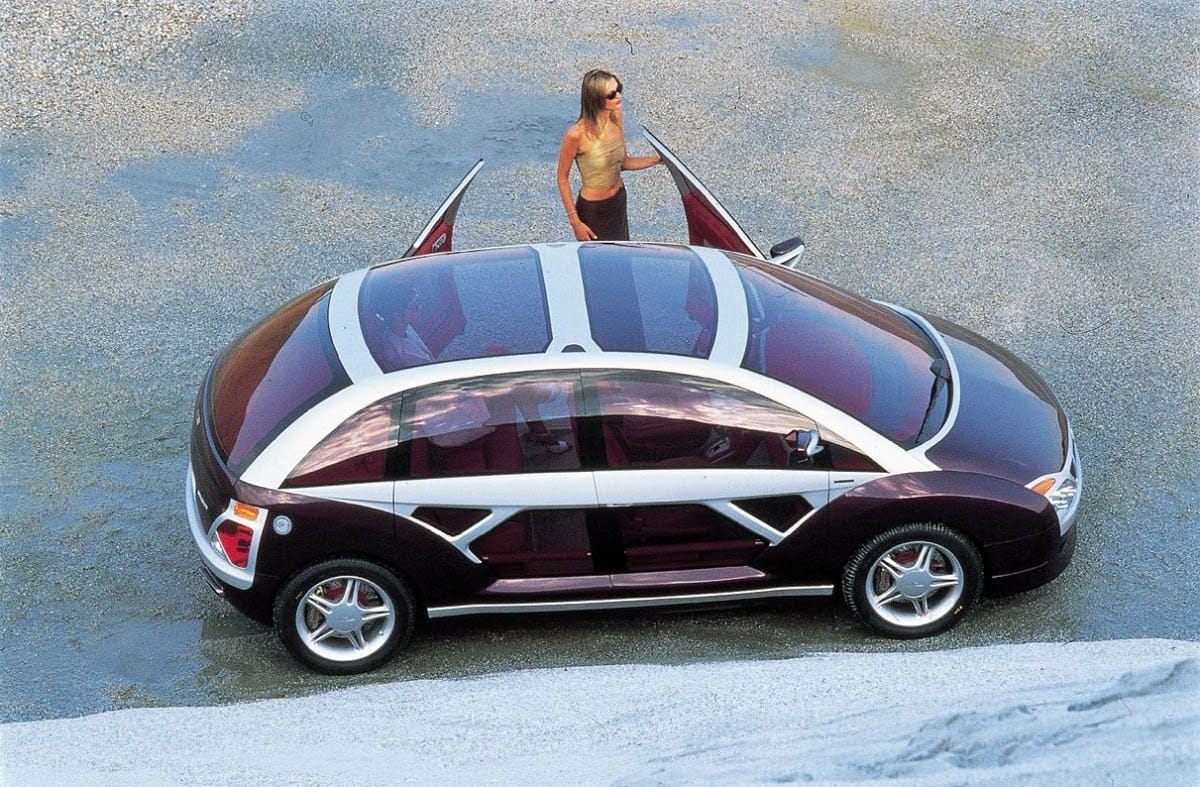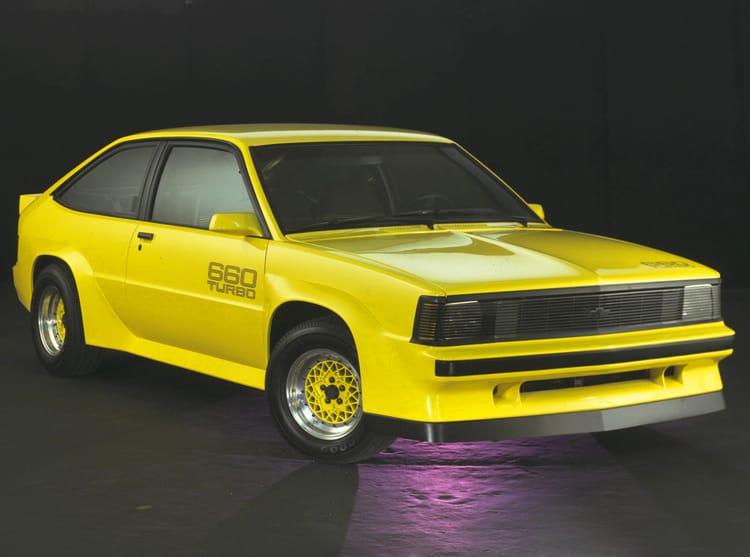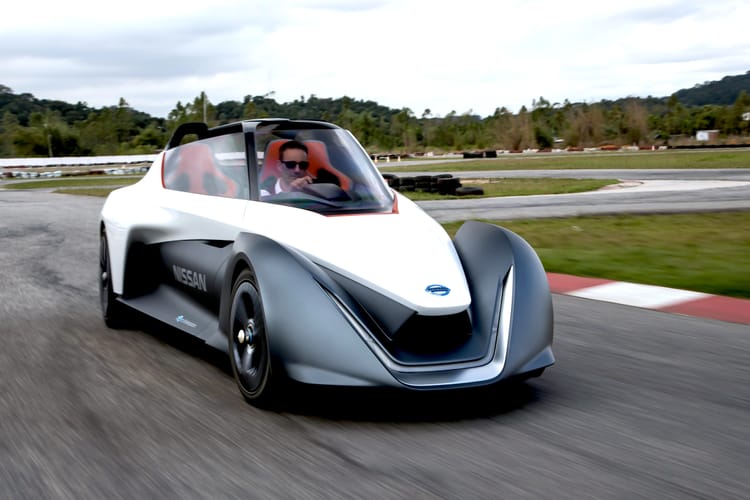Italdesign Structura
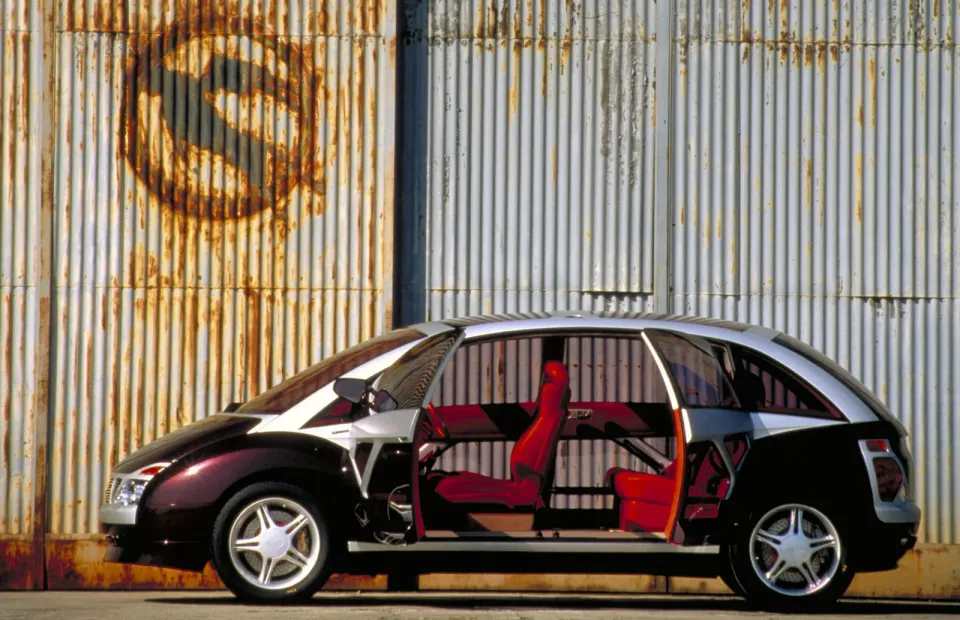
It's hard to fault the work of Car Designer of the Century, Giorgetto Giugiaro. Besides having penned dozens of the world's most striking vehicles, he also had a hand in evolving other aspects of production vehicles.
In 1998, his firm Italdesign introduced this, the Structura — stay with me to examine why this concept’s structure is both beautiful and intriguing.
As a 30th anniversary present for the company, at first glance you'd wonder why they made a dumpy-looking MPV. Then again, do you think the man who designed the De Tomaso Mangusta would settle for just an ordinary MPV?
The brief is an interesting one: to transcend design by emphasizing structural form. As a result, its bodywork ignores most of the typical automotive cues and instead prioritizes function. Its hood is as long as a fingernail, and its greenhouse is the simple curve of an arched bridge.
But without examining it closely, you'll miss the most important detail: windows that don't open.
(And an engine you won't expect.)
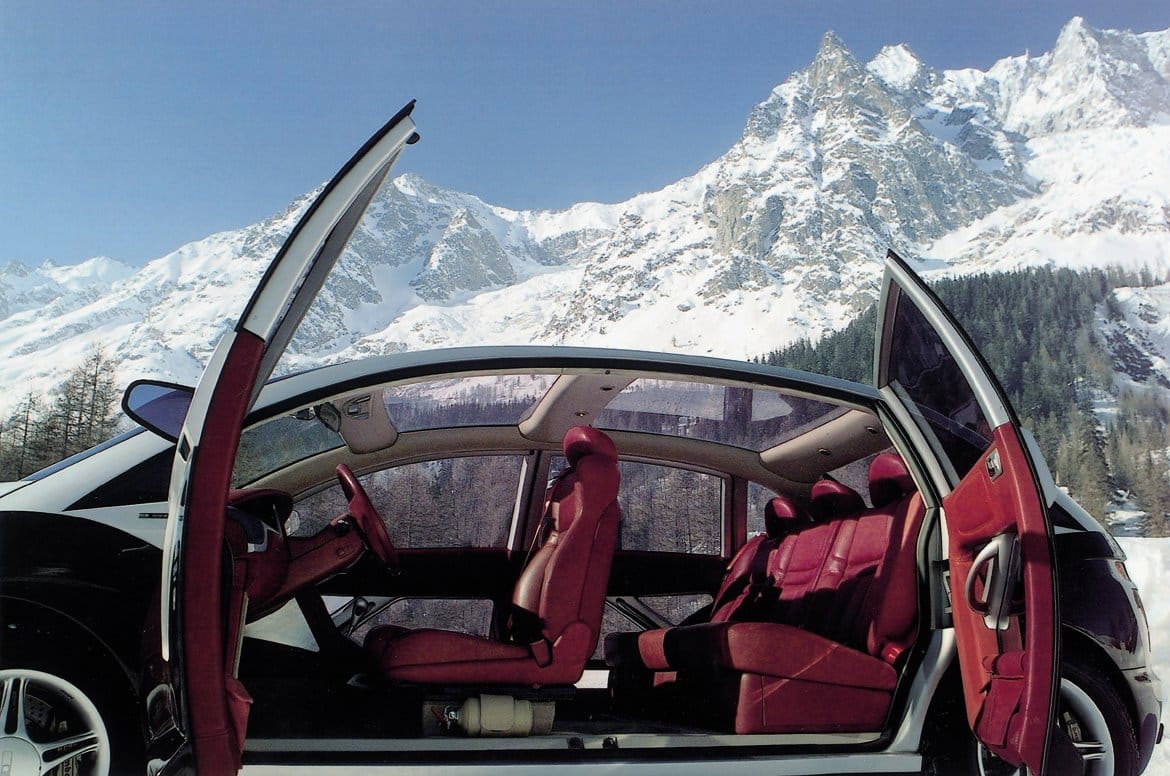
Modern, aero-optimized designs that almost require driving with the windows up at all times (lest your eardrums burst from the buffeting), have created such a terrible experience for those of us who enjoy driving with the windows down. I've driven hundreds of different vehicles, and more often than not there's a speed at which it sounds like you're descending from 10,000 ft. — think Patrick Swayze in Point Break — with the wind rushing past your ears.
Our aerodynamically-optimized cars just don't lend themselves to open window motoring. At the same time, air conditioning systems have become reliable, long-lasting, and effective.
“Do we still need opening windows?” Italdesign asked itself in 1998…and built an entire car around the word “no”.
This simple change allowed Italdesign to remove any extraneous fittings, most importantly door seals and the notch in a car's profile to accommodate them. While I wouldn't call the result classically beautiful, I can see the styling potential of applying non-opening windows to a production car.
